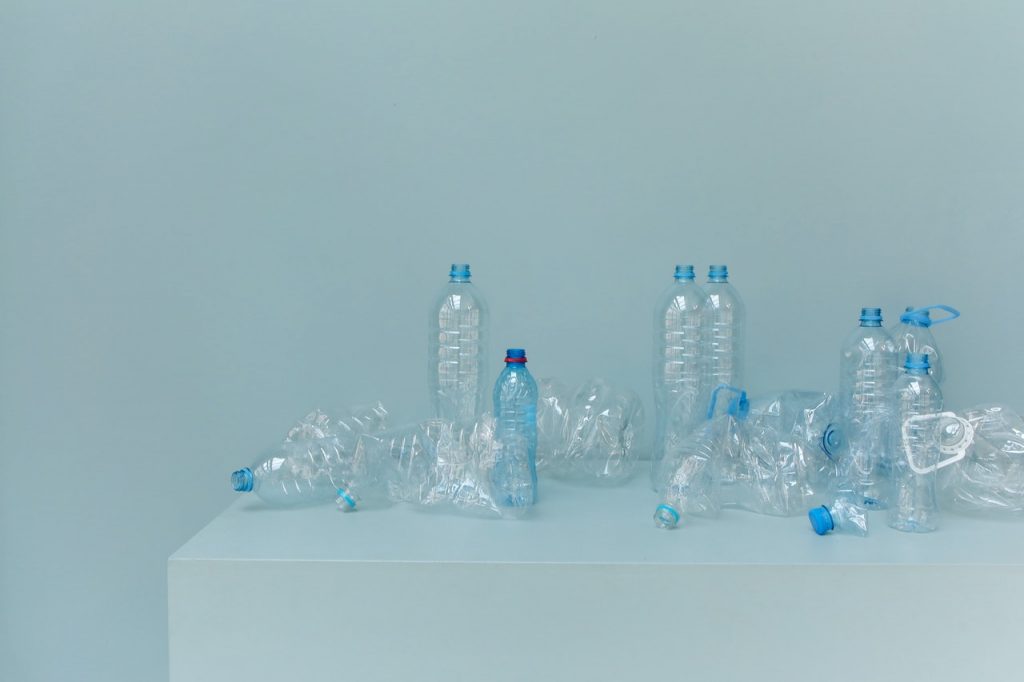Canada News
Government of Canada invests in reducing plastic waste and supporting the transition of a circular economy for plastics

Plastic litter is polluting our rivers, lakes and oceans, harming the wildlife that call those places home, and generating micro and macroplastics in the water we use. Canadians expect the Government of Canada to address plastic waste in their communities. That’s why the Government has a comprehensive plan to achieve zero plastic waste by 2030, including a proposed ban on certain harmful single-use plastics.
Today, the Minister of Environment and Climate Change, the Honourable Jonathan Wilkinson, announced approximately $1.3M to support five projects that aim to reduce plastic waste, prevent plastic pollution and support the transition to a national circular plastics economy.
The following organizations are receiving funding:
- Bluenose Coastal Action Foundation will receive $100,000 to study the link between single-use plastic pollution and microplastic accumulation, as well as provide strategies for preventing plastic pollution in Atlantic Canada.
- Canadian Coalition for Green Healthcare will receive $249,854 to recycle personal protective equipment from hospitals and medical single-use plastic waste to keep them out of the environment.
- Conference Board of Canada will receive $390,000 to conduct research and develop a convening platform to inform Canada’s transition to a circular plastics economy.
- Ontario Ministry of the Environment, Conservation and Parks Ontario will receive $250,000 to improve the management of compostable products and support the development of new standards for bioplastics.
- Scout Environmental will receive $300,000 to develop a network that will be used to facilitate industry collaboration to reduce plastic waste.
The Government of Canada is collaborating with provinces and territories to reduce plastic pollution. Together, all federal, provincial and territorial governments agreed in principle to the Canada-wide Strategy on Zero Plastic Waste that lays out a vision for a circular economy for plastics. Last October, Canada announced the proposed next steps in its comprehensive plan to achieve zero plastic waste by 2030.
Quotes
“Canadians want their governments to continue to take action on plastic waste and pollution. We all have a role to play and we are proud to collaborate on these five different, yet very important, projects. We need to explore and capitalize on all our options for reducing plastic waste and pollution, as highlighted by our funding recipients today.”
– The Honourable Jonathan Wilkinson, Minister of Environment and Climate Change
Quick facts
- Only 9 percent of Canada’s plastic waste is recycled while the rest ends up in landfills, waste-to-energy facilities or the environment.
- Improving the way we manage plastic waste and moving towards a more circular economy can reduce 1.8 megatonnes of carbon pollution every year, generate about $8 billion in revenue annually and create approximately 42,000 jobs.
- Since 2018, Canada has invested an additional $3M in mobilizing actions to raise awareness among Canadians and improve the understanding, mitigation and remediation of plastic waste and pollution in Canada.
- On November 13, 2020, the Government of Canada announced over $2.2M in funding to 16 science-based research projects lo learn more about the impacts of plastic pollution on our natural environment and our health.
- On October 7, 2020, the Government of Canada announced nearly $2M in funding through the Zero Plastic Waste Initiative for 14 Canadian-led plastic pollution reduction initiatives.
- The final Science Assessment of Plastic Pollution was also published on October 7, 2020. The report evaluates the state of the science and looks at the presence and effects of plastic pollution on the environment and human health. It confirms that plastic pollution is everywhere and is negatively impacting our environment.





















